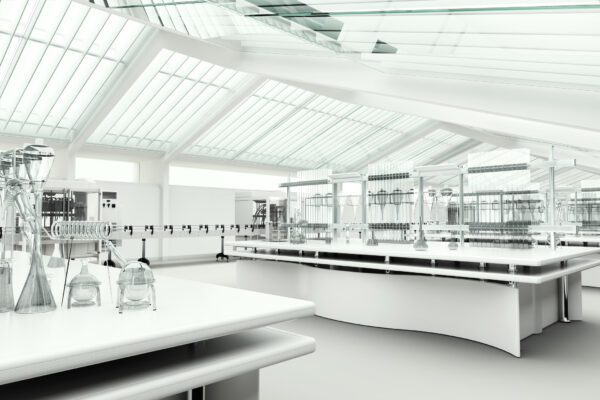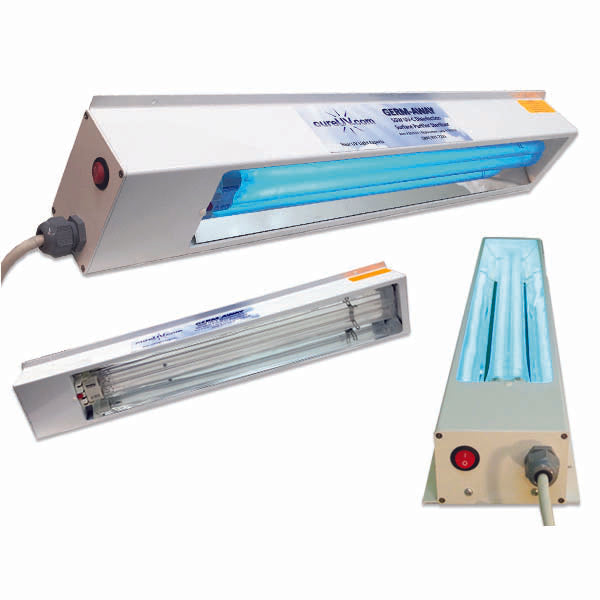Letting loose the Power of UV Surface Disinfection: Protecting Against Unsafe Microorganisms
Letting loose the Power of UV Surface Disinfection: Protecting Against Unsafe Microorganisms
Blog Article
UV Disinfection: The Cutting-Edge Technology Changing Hygiene Practices
In the realm of hygiene practices, one modern technology has emerged as a game-changer: UV disinfection. From medical care setups to food handling, UV sanitation is making its mark in numerous sectors.
How UV Disinfection Functions
UV disinfection functions by utilizing ultraviolet light to destroy or suspend microbes, giving a chemical-free and extremely reliable approach of hygiene. This innovation uses the power of short-wavelength UV-C light, which is qualified of damaging the DNA and RNA of microorganisms, therefore making them unable to create and recreate damage.
The procedure begins with the setup of UV disinfection systems, which include UV lamps that discharge UV-C light. These lamps are tactically placed in locations where microbial contamination is a concern, such as water therapy plants, healthcare facilities, research laboratories, and food handling facilities.
When bacteria are subjected to UV-C light, the photons permeate their cell wall surfaces and get to the DNA and RNA inside. The high-energy UV-C photons disrupt the genetic material by developing bonds between surrounding nucleotides, resulting in the formation of thymine dimers. These dimers stop the microorganisms from replicating, making them safe.
UV disinfection is extremely effective against a large range of microbes, including germs, infections, and parasites. It is especially reliable versus waterborne microorganisms like E. coli, Giardia, and Cryptosporidium. UV disinfection is a chemical-free approach, removing the requirement for possibly dangerous disinfectants and lowering the threat of unsafe disinfection byproducts.
Advantages of UV Sanitation
UV sanitation supplies many benefits in the field of hygiene, making it an extremely liked technique for successfully eliminating harmful microorganisms. Among the essential advantages of UV sanitation is its capability to give a chemical-free service. Unlike conventional disinfection techniques that rely on chemicals, UV sanitation utilizes ultraviolet light to damage the DNA of microbes, making them not able to replicate and trigger infections. This not just removes the demand for possibly unsafe chemicals yet likewise minimizes the danger of chemical residue on surface areas.
UV disinfection is also extremely versatile in its applications. It can be utilized in various settings, including health centers, colleges, food processing centers, and water therapy plants. UV sanitation systems can be easily integrated into existing hygiene techniques, supplying an added layer of defense against infectious conditions.
In addition to its efficiency and adaptability, UV sanitation is additionally eco pleasant. It does not produce any type of unsafe byproducts or deposits, making it a risk-free and lasting approach for hygiene - uv surface disinfection. Moreover, UV disinfection calls for marginal upkeep and has a lengthy life expectancy, resulting in price financial savings in the lengthy run.
UV Disinfection in Healthcare Setups
In healthcare settings, UV disinfection has arised as a revolutionary method for effectively getting rid of hazardous bacteria. The usage of UV light to decontaminate surfaces and tools has actually gained appeal as a result of its ability to supply an extra layer of security versus virus. UV disinfection works by producing ultraviolet light at a specific wavelength that is dangerous to bacteria, infections, and various other microorganisms. This modern technology uses several benefits in medical care setups.
Firstly, UV disinfection is a non-chemical method, making it an eco-friendly choice compared to standard sanitation techniques that frequently include making use of harsh chemicals. Using UV light gets rid of the demand for chemical anti-bacterials, reducing the threat of damaging deposit or chemical direct exposure to both clients and medical care workers.
Additionally, UV disinfection is extremely reliable in eliminating a wide variety of microorganisms, including drug-resistant bacteria such as MRSA and C. difficile. It offers a reputable and regular disinfection process, guaranteeing that all surface areas and tools are completely decontaminated, even in hard-to-reach locations.

UV Sanitation in Food Processing
The application of UV sanitation expands beyond medical care setups and locates considerable worth in the realm of food handling. uv surface disinfection. UV disinfection technology is ending up being progressively prominent in the food industry because of its capability to effectively remove dangerous microorganisms and improve food security
One of the major benefits of UV disinfection in food handling is its capacity to target a wide variety of bacteria, including germs, infections, and molds. By making use of UV light at particular wavelengths, it is possible to interrupt the DNA and RNA of these pathogens, providing them incapable to recreate or trigger harm. This technology can be put on different stages of the food processing chain, including surface area disinfection, tools sanitation, and water treatment.
UV sanitation offers a non-thermal and chemical-free method of sterilizing food products. Unlike standard sanitation techniques that depend on chemicals or heat, UV technology does not leave any deposit or modify the taste, appearance, or dietary worth of the food. This makes it an optimal option for sectors that require strict adherence to high quality requirements.
Moreover, UV disinfection systems are easy to set up and operate, needing marginal upkeep. They can be integrated into existing handling lines without triggering considerable disruptions to the manufacturing process. Additionally, UV systems have a fast therapy time, permitting for constant processing and reducing downtime.
The Future of UV Sanitation

One location where UV sanitation is expected to make substantial innovations remains in the field of healthcare. With the rise of antibiotic-resistant bacteria and the need for a lot more reliable disinfection techniques, UV light has the potential to play a crucial function in reducing healthcare-associated infections. UV disinfection systems can be utilized to decontaminate surface areas, tools, and also the air in medical care centers, assisting to stop the spread of hazardous microorganisms and improve person safety and security.
One more market that might take advantage of improvements in UV sanitation innovation is the food industry. UV light has actually currently confirmed to be an efficient method for decontaminating foodstuff and decreasing the danger of foodborne health problems. As modern technology improves, we can anticipate to see a lot you could try these out more cost-efficient and efficient UV disinfection systems being check my site applied in food handling plants, making sure that the food we take in is safe and without damaging bacteria.
Final Thought
Finally, UV sanitation is a sophisticated modern technology that is transforming sanitation methods in medical care setups and food handling. By utilizing UV light to kill or deactivate microbes, it offers various benefits such as effectiveness, efficiency, and security. With recurring improvements in this area, UV sanitation holds wonderful prospective for the future of hygiene, providing a reputable and sustainable remedy for keeping tidy and hygienic settings.
UV sanitation is a chemical-free approach, removing the demand for potentially damaging disinfectants and lowering the risk of damaging sanitation spin-offs.
Unlike standard disinfection methods that count on chemicals, UV disinfection makes use of ultraviolet light to destroy the DNA of microorganisms, making them unable to duplicate and cause infections. Unlike traditional disinfection methods that depend on chemicals or warm, UV modern technology does not news leave any kind of deposit or change the taste, structure, or nutritional worth of the food. As innovation improves, we can anticipate to see a lot more efficient and cost-effective UV sanitation systems being implemented in food processing plants, guaranteeing that the food we eat is safe and totally free from hazardous germs.
In conclusion, UV sanitation is an advanced technology that is changing cleanliness techniques in healthcare settings and food handling.
Report this page